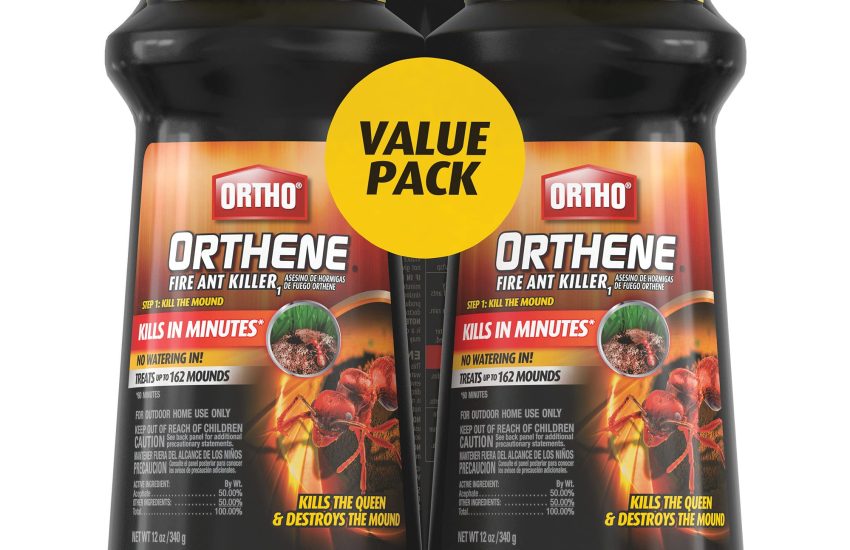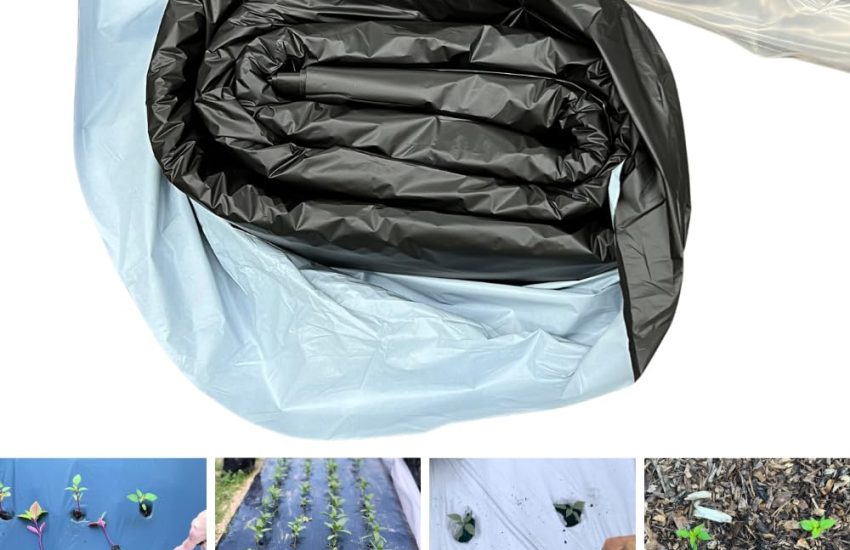Top 5 Picks: Top Rated Grain Moisture Tester Buyer’s Guide for Commercial Growers in 2025
We independently select all products and services. If you click through links we provide, Plant Native may earn a commission with no extra cost to you.
Grain moisture testers matter a lot for commercial growers who need quick, accurate moisture checks on harvested crops. Getting the moisture right helps prevent spoilage, keeps storage conditions optimal, and even impacts pricing.
These testers come in different types—pin and pinless—so you can pick what fits your grain and workflow best. Your choice really depends on what you’re growing and how you like to work.
When picking a grain moisture tester, you’ll want to think about accuracy and calibration. Moisture readings shift depending on grain type and temperature, so you need a tester that can keep up.
Durability and ease of use also matter, especially since commercial setups can be rough on equipment. No one wants a device that quits halfway through harvest.
Top Rated Grain Moisture Testers for Commercial Growers
We’ve pulled together a handful of grain moisture testers that actually hold up for commercial use. These models give you fast, dependable readings, so you can keep your crops in top shape.
AgraTronix MT-16 Grain Moisture Tester
The MT-16 is a solid pick if you need precise readings for different grains in all kinds of field conditions.
Pros
- Calibrated for 16 different grain varieties
- Backlit, multilingual display for easy reading
- Averages up to 99 test results automatically
Cons
- Needs two 9V batteries, which run out faster than you’d hope
- Advanced calibration setup can be a hassle
- A bit heavy for long-term handheld use
We used the AgraTronix MT-16 across a bunch of grains, and it handled them all well. The backlit screen is a lifesaver when you’re working before sunrise or after dark, and switching display languages is quick.
The averaging feature really cuts down on second-guessing when you’re testing lots of samples. It feels sturdy, but you’ll want to keep extra batteries handy during busy harvests.
Getting the advanced calibration right took a few tries, but once we got it, the readings matched up with local standards. Overall, it’s a good mix of accuracy and portability for commercial growers who need reliable checks.
AMTAST Grain Moisture Meter
This meter is practical and accurate for testing moisture in a wide range of grains. If you’re after reliability and flexibility, it’s worth a look.
Pros
- Tests 22 different grains with solid accuracy
- Battery lasts ages, and it shuts off automatically
- Adjusts for temperature, so readings stay consistent
Cons
- Some grains (like oats) need workaround settings
- Manual isn’t available in many languages
- Bulkier than your average handheld tester
We put the AMTAST meter through its paces, and it gave quick, reliable readings. Its broad compatibility is a real plus for folks growing more than just corn or soybeans.
The battery life is impressive—it just keeps going. Temperature compensation actually works, which helped keep our numbers steady during wild weather swings.
The manual only covers a couple of languages, which isn’t ideal. It’s also a bit chunky for your pocket, but it feels tough enough to take a beating. For the price, it’s a solid deal.
AgraTronix MT-Pro Grain Moisture Tester
The MT-Pro is a versatile choice for commercial growers who want accurate readings for a ton of different grains.
Pros
- Handles 40 different grains with clear results
- Backlit, multilingual screen works day or night
- Calibration options help match local standards
Cons
- Doesn’t work for coffee or cacao
- Display can be tough to read in bright sunlight
- Needs careful handling to keep calibration on point
We found the MT-Pro easy to use right out of the box. The backlit display is great for early or late shifts, and switching languages is simple.
It covers a huge range of grains—corn, soybeans, wheat, you name it. We got consistent results across repeated tests, which builds trust fast.
If you’re testing coffee or cacao, this isn’t your meter. Also, if you’re out in full sun, the screen can be hard to see unless you shade it. Calibration drifts if you’re rough with it, so check it now and then.
For most commercial grain testing, the MT-Pro is a dependable, portable pick.
AgraTronix Windrow Hay Moisture Tester
This tester gives quick, reliable moisture readings in loose hay, so you can avoid costly baling mistakes.
Pros
- Measures moisture from 13% to 70%, good for hay and forage
- Fast results—under a minute
- Tough aluminum body stands up to fieldwork
Cons
- Bulkier than most handheld testers
- No manual in the box, which is annoying
- Sometimes you have to pack in more hay to get a reading
We found this AgraTronix model easy to use. A minute after packing in some hay, you get your moisture reading—super helpful for timing your baling.
It’s built to last, and the wide moisture range covers almost any hay type. It is heavier and bigger than expected, which can slow you down if you’re moving fast.
No manual included means you’ll want to download instructions ahead of time. Still, it’s a handy tool for commercial growers who want to keep hay quality high.
GOYERRNES Grain Moisture Meter
The GOYERRNES meter goes beyond just moisture—it also gives you weight, density, and temperature, making it a pretty versatile pick for commercial growers.
Pros
- Fast, accurate moisture readings
- Simple calibration keeps measurements consistent
- Runs on USB or batteries for field flexibility
Cons
- Calibration weight can be awkward to use
- Not many user reviews yet
- Bulky case adds weight
We used the GOYERRNES meter to check several grain types, and the broad compatibility was a real plus. The extra weight and density readings saved us time during busy harvests.
Calibration was straightforward, and we trusted the results each time. Switching between USB and battery power made it easy to use on the go or in storage.
The case is sturdy but adds some bulk, so it’s not the lightest option. Still, the performance makes up for the extra weight, at least for most commercial users.
Buying Guide
Choosing the right grain moisture tester really comes down to accuracy and ease of use. We need something that gives us consistent readings fast, so we can keep an eye on crop quality and avoid spoilage.
Key features to consider:
| Feature | Importance | Why It Matters |
|---|---|---|
| Accuracy | High | Ensures reliable moisture content readings |
| Calibration | Easy to perform or automatic | Maintains precision over time |
| Measurement Range | Matches grain types we test | Covers the moisture levels expected in our grains |
| Durability | Rugged and weather-resistant | Suitable for tough field conditions |
| Display | Clear and readable | Helps interpret data quickly |
It’s worth checking how many grain types the tester can handle. If it works with multiple crops, that just makes life easier when we’re juggling different grains.
Portability matters, too. A lightweight, handheld tester lets us move around the field without hassle and keeps things efficient.
Battery life can really make or break the experience. We want a tester that won’t die halfway through the day, or at least one that’s easy to recharge.
Some testers even offer data logging or Bluetooth. Those extras help us spot moisture trends over time or share results straight from the field, which is honestly pretty handy.
Cost is always a factor, but it’s about finding the right balance. If the tester meets our needs, it’s an investment that helps protect our harvest.







